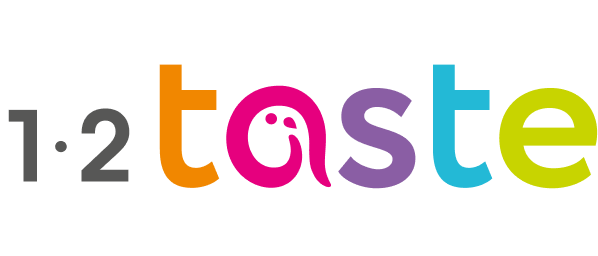What’s next?
The ongoing consumer demand for cleaner and healthier clean label products, coupled with the health and sustainability policy direction in the EU, is a huge opportunity for food manufacturers. However, it’s important to still ensure that flavour and overall consumer experience is not compromised, as taste is a key decision factor for consumers’ choices.
Adopting a clean label strategy has the potential to increase sales, set premium prices, and enhance brand perception for your business, but finding the right ingredients to deliver such products can be a challenge. Do you need support on successfully executing this strategy? Our team has extensive experience in the food and beverage industry and would be glad to assist you in finding the right solution to develop a distinctive clean label recipe that wins in the market.
More on clean label products and ingredients:
→ Infographic: Why clean label matters
→ One pager: Your source of inspiration for clean label ingredients.









